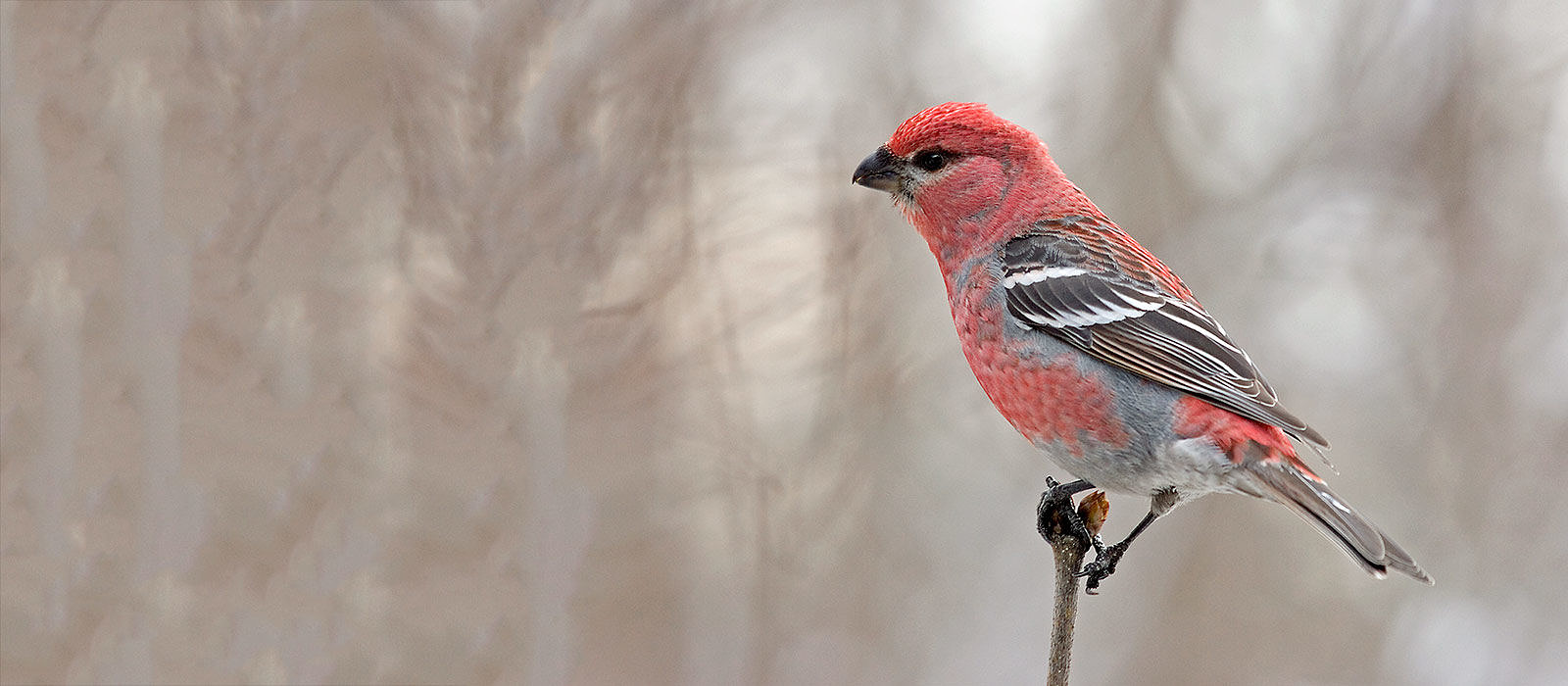
The Forecast Calls for Finches
The "Irruption" Begins
They will come for our spruce and birch, for our sunflowers and suet. They will visit our most remote forests and our backyard feeders. They will flash red and yellow, gray and black. And they will come and go like the winter winds.
Finches and other visitors from the far north have already begun to show up in New England and northern tier states. And the forecast is for more of them. Lots more. Now is the winter of our “irruption.” Not an eruption — these birds aren’t exploding or anything that. To irrupt is indeed a verb. In this case, it basically means birds as flash mobs.
Already migrating and mobbing are Bohemian Waxwings, Evening Grosbeaks, Pine Siskins, Pine Grosbeaks (that’s one above) and the vanguard of what could be waves of Common Redpolls. These songbirds are, in large part, refugees driven south by a lack of food in their customary wintering grounds. These irruptions aren’t usually a sign of crisis or anything amiss. Food supplies vary, after all, and birds do have wings. Good for us.
To my mind, the two most charismatic visitors are Evening Grosbeak and Bohemian Waxwing. We haven’t seen Evening Grosbeaks in numbers like these in, oh, I dunno, maybe 30 years. Back then they would storm the feeders. Pigs with wings, gobbling the seed. And I never got tired of them. It’s nice to have them back, even if only for one winter.
Bohemian Waxwings — well, a no brainer. They’re among the most beautiful birds on the continent. Sluggish and unwary, silky and sultry, “Bohunks” can turn up almost anywhere they might find fruit. That includes ornamental crabapples in our downtowns. I’ve seen more Bohemian Waxwings here in Montpelier, Vermont, than anywhere.
The links below will usher you to eBird maps of sightings since November 1. (For what it’s worth, I’ve included a link to my Snowy Owl Scoop because owls are also arriving from the north.) And for the full foreshadowing, get Ron Pittaway’s official 2018-2019 Winter Finch Forecast. Onward!
By the way, keep pace with the rhythms of nature by subscribing to my blog »
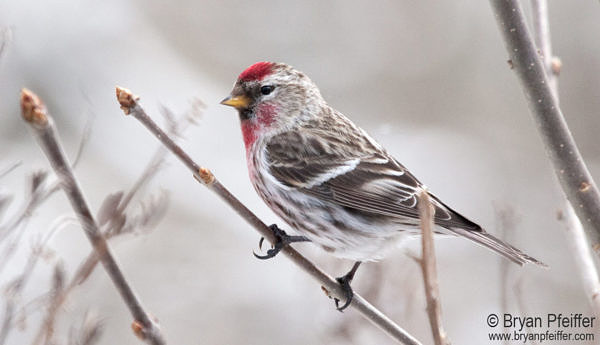
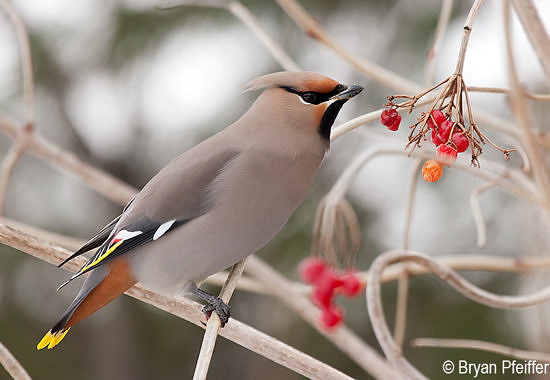
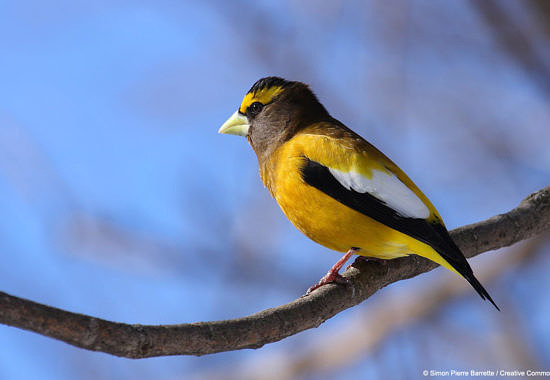
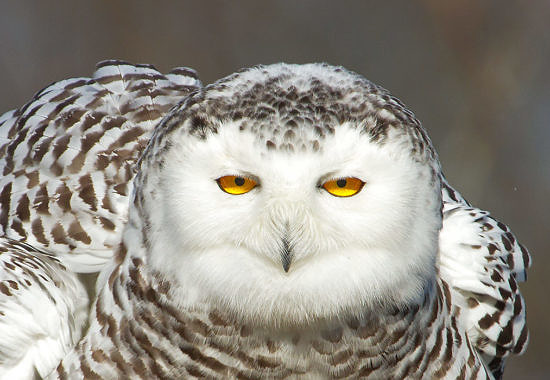

Thanks, Tom! We’re waiting for them to show near home in Montpelier.
6 female Pine Grosbeaks just now in Essex Junction feeding on an ornamental fruit tree right smack dab in the middle of my condo development. There are here.
Hey Andrea,
Well, I dunno — I suspect those turkeys will stick around as long as there’s food. They sometimes go to great length to land on little feeders. Kinda crazy. Let me know if finches join the mix. I can’t offer much other advice on the turkeys. They could very well move on. It’s all about food for them now — and avoiding predators.
Hi Miriam, Yeah, go for flat platform feeders for the Evening Grosbeaks. Pine Grosbeaks are more likely to show up in the fruity ornamentals. But I suspect they’ll also go for the flat feeders. Black-oil Sunflower — can’t go wrong! Keep me posted!
Entertainment, indeed! Sounds busy there, Colleen! Enjoy the show!
Keep an eye on eBird, Anthony. I’ve don’t have any specific spots down there. But these marauding birds can turn up anywhere.
I still waiting for them!
First time ever in 20 years of having a backyard feeder: huge flock of Evening Grosbeaks at the feeder during the snow storm this morning in Concord, NH! I’m glad you alerted me!
Hope to be able to find some of these gems over in the Poultney area when I am up for Thanksgiving at Lake St. Catherine (any tips on hotspots around there would be greatly appreciated). Great post. Awesome photos. Thanks for sharing!
Hi Bryan,
I’ve had Pine Siskins for the last 2-3 weeks and the Evening Grosbeaks showed up yesterday. Another visitor I’ve had the pleasure of watching at times is the Sharp Shinned Hawk in the trees close to the feeders. The only bird that stay around when it shows up are the Blue Jays. I watched the interaction of these 2 kinds of birds for 2 hours one Saturday. That hawk chased the Blue Jays at times through the branches…such an interesting “adventure” sitting in my house watching it unfold outside my window. Bird watching is entertainment!!!
Hi Bryan! We’ve never had either Evening or Pine Grosbeak at our place in Monkton, although I know both have shown up not too far away in Bristol. I’ve seen Pines down there feeding on fruit/berry trees. Is there any particular seed I can put in my feeders that is more likely to attract either of these guys? And do they have a feeder type preference (as in platform vs tube, ground, etc.)? Want to maximize my chances!! Thanks!
Hi Brian—— I would love a winter of finches! But, we have a very active flock of turkeys at our place, and I’m imagining that they’ll eat all that seed. They are surprisingly agile. Can we expect them to move on? They’ve been here close to 2 months now.
Hi Libby, Over the past 30 years or so, Northern Cardinals have become more common here in Vermont, owing mostly, I suspect, to winter feeding and warmer winters. Congrats on yours in Worcester! It might or might not stick around.
We saw the first Northern Cardinal on our property in Worcester. Are they common in our area? We have many birds, but never a Cardinal.
Hey Kristina,
Yeah, they ALWAYS lift our spirits. Having not seen any this season yet, I’ve got something to look forward to!
I believe I saw the Bohomians on my crab apple yesterday. The light was funky, but it really lifted my spirits even thinking that I saw them. Thanks for the great work, Bryan!